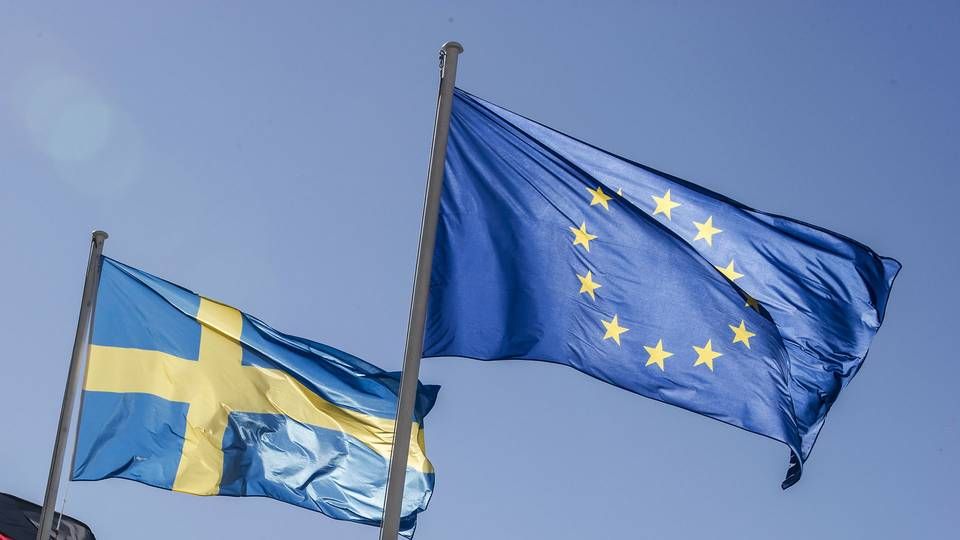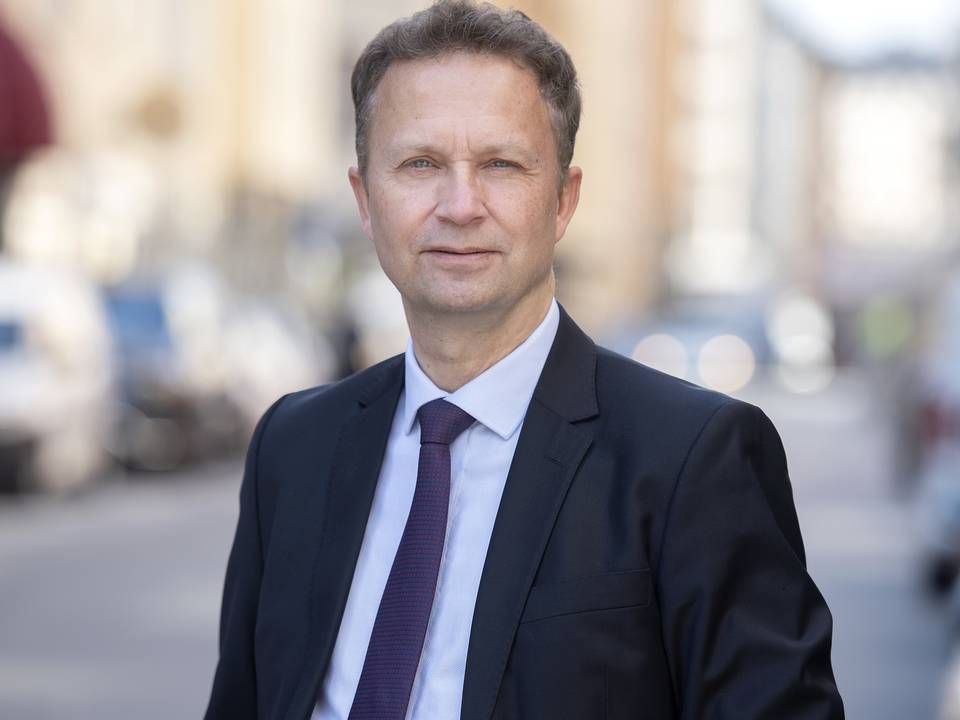Sweden tops EU league for domestic market share of "light green" funds

New statistics published by EFAMA (the European Fund and Asset Management Association) show that Sweden has the highest domestic market share of "light green" (Article 8) funds in all of the EU.
The fund organization has published its latest insights into the fund market, specifically covering the ESG market and how countries have classified their funds according to the new Sustainable Finance Disclosure Regulation (SFDR).
Large concentration of assets
The insight shows that EUR 3,700bn is being managed in light green funds across the EU and EUR 340bn in dark green funds, or so-called Article 9 funds. But the research also shows that the green assets are heavily concentrated in a small number of countries and that the domestic market share of Article 8 and 9 funds varies greatly between different member countries.
"These differences are not only driven by variations in actual amounts of ESG investing across countries but also by national regulators' divergent interpretations of the SFDR Level 1 text," the EFAMA report states.
Most of the light green funds can be found in five countries: Sweden, Luxembourg, France, the Netherlands and Ireland account for 85 percent of Article 8 assets under management in the EU. Luxembourg is the main domicile of Article 8 funds, managing 35 percent of capital invested in the market.
Looking at the domestic market share of Article 8 funds per domicile, Sweden comes out on top. According to EFAMA’s statistics, 92 percent of the total mutual fund AUM in Sweden is classified as light green. Number two on the list, Belgium, only has 50 percent eco friendly funds while the Netherlands is third with 48 percent. Nordic neighbors Norway (41 percent), Finland (38 percent) and Denmark (30 percent) are next in line.
(The article continues below the graph)
EFAMA highlights that the high share of Article 8 funds in the Nordic countries as well as Belgium and the Netherlands is due to the fact that the countries have a long-standing tradition in ESG investing.
Sweden’s very high market share in comparison to the rest of the Nordic countries is explained by a number of factors. One of them is the pre-existing legal requirement on ESG information for funds while the other is a less strict interpretation of what is meant by the term "promote" in the Article 8 criteria.
According to SFDR criteria, Article 8 "requires funds that promote sustainability characteristics to specify in pre-contractual disclosures how they will promote environmental or social characteristics, or a combination of both, and that the companies in which the investments are made follow good governance practices."
But EFAMA also highlights that Sweden's interpretation is in line with the European Commission's own interpretation, something the Swedish Investment Fund Association's Senior Legal Counsel Anna Larris also mentions in a statement published yesterday.
Domestic saver expectations
In an emailed response to AMWatch, Larris also mentions the previous point about the long-standing tradition with Swedish fund managers to work on sustainability.
"This is also connected to the expectations coming from domestic savers," she says.
She adds that the association has worked with SFDR through its work group on governance and sustainability, where a majority of its members are represented and where over a 100 people are involved.
"Since SFDR came into effect, we've spent a lot of time helping each other interpret the regulation, which isn't all that clear. Both sustainability experts and the legal team help out and then the association discusses certain questions of interpretation with the FSA. We think it’s important to have a joint view of how the rules should be interpreted and what information is given to investors. Until more detailed rules for disclosure come into effect next summer, we will also be working with the association’s own information templates," she says.
AMWatch has learned that there is some concern that some managers in Sweden might have to downgrade funds, due to the increasing compliance cost of reporting according to the SFDR. Larris doesn't share that view and believes the amount of light green and dark green funds will increase over time.
"Depending on how a manager works with sustainability, certain information according to the Articles 8 and 9 has to be disclosed. There is no choice here. I find it hard to believe that fund managers would stop using exclusion strategies or active dialogues because it’s too expensive. My hope is instead that broader and more accessible EU regulation for sustainability reporting, such as Corporate Sustainability Reporting Directive and the European Single Access Point will simplify the work and drive down costs," she says.
The full EFMA report can be found here.
Danske plans to make all possible ESG upgrades to existing funds
Amundi brings its flagship ETFs to Denmark
Cash floods into ESG funds as new rules ease greenwashing angst
Related articles
Amundi brings its flagship ETFs to Denmark
For subscribers
















